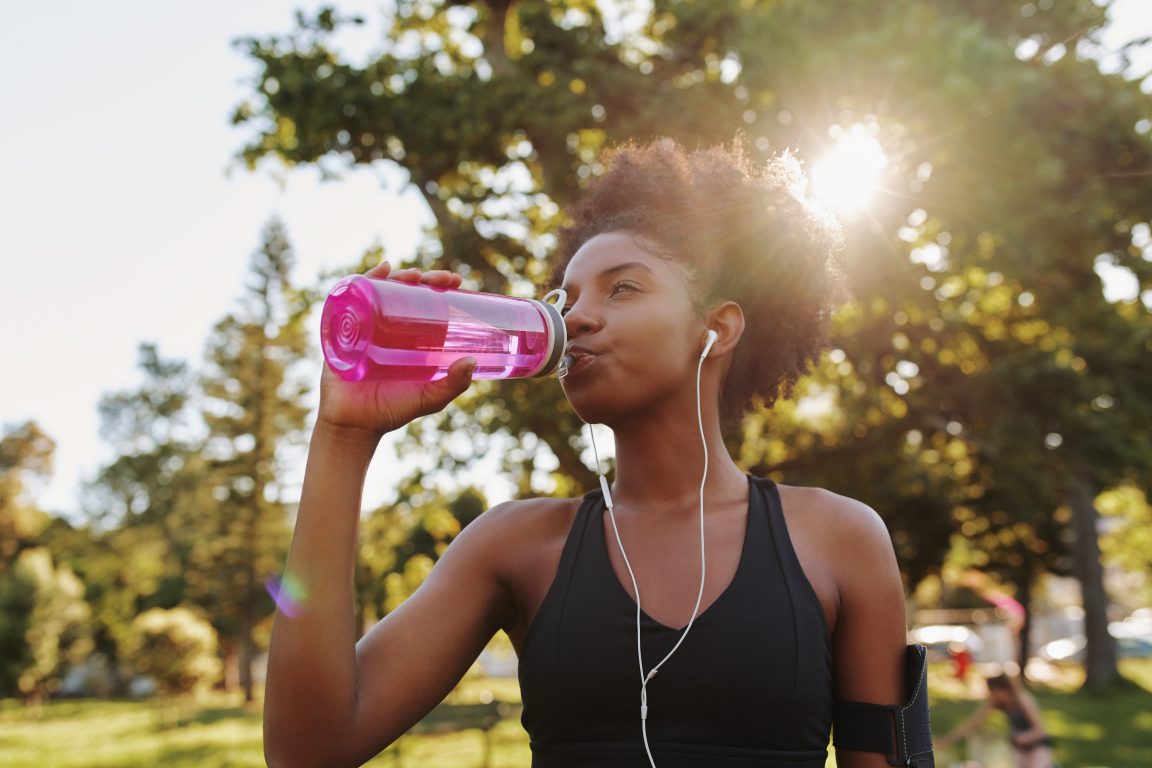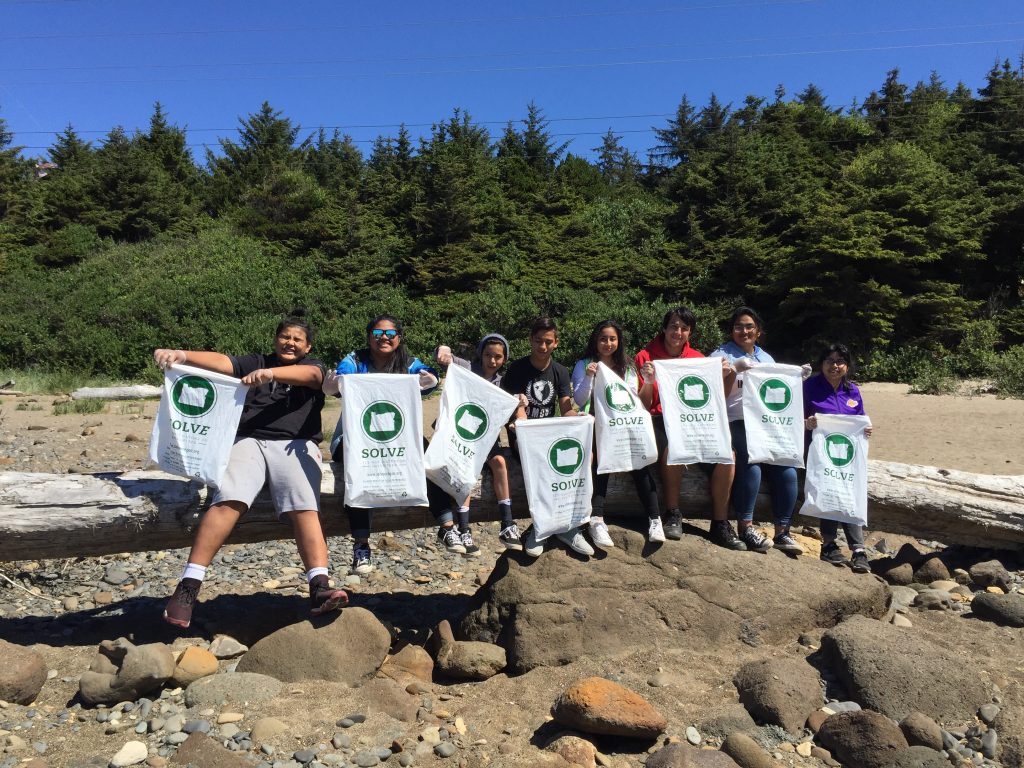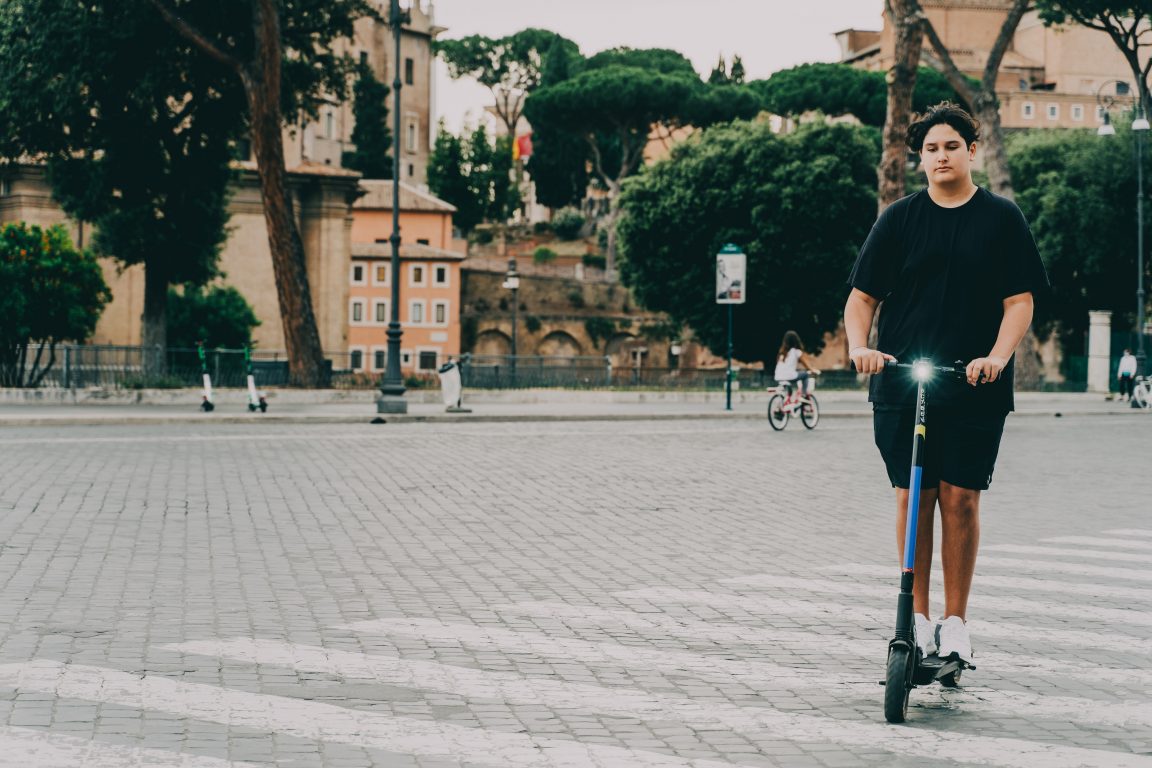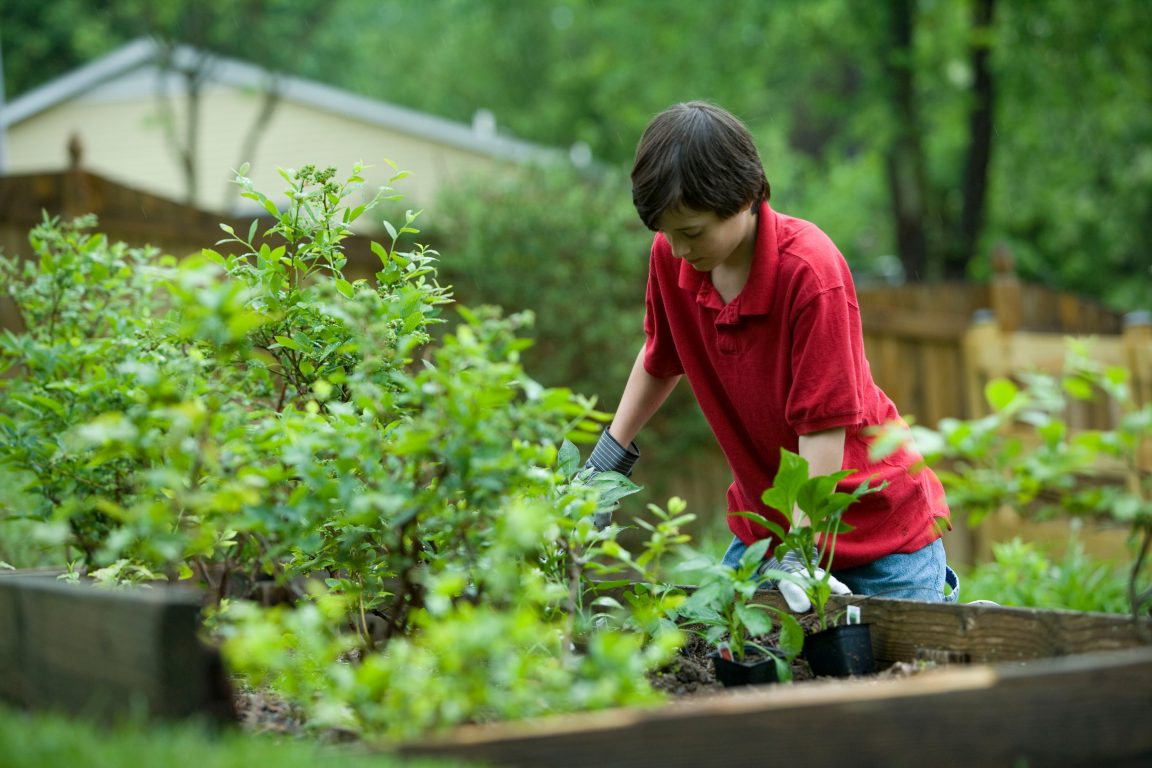Content Theme 1: Our drinking water-don’t dump that!

Background
Do you know where your community’s drinking water comes from? Depending on where you live, it might come from a river, a lake, or an underground aquifer. Some local rivers such as the Clackamas, the Mollala, the Trask, the Tualatin, and the Willamette may supply your drinking water. Make a video about how pollution can get into the rivers or groundwater that provide our drinking water.
Here are some ideas and resources to help you choose a theme for your video:
We all belong to a watershed, an area of land that drains to a waterbody, directly or indirectly. And so we all live downstream from somewhere and what we do anywhere affects the river downstream. Explain this concept in creative ways using video.
Find out where your community gets its drinking water and make a video about it. Use your address to look up your water provider, then check their website or contact them to find out where they get the water that’s piped to your home or school.
Everyday actions like washing cars, maintaining a lawn, and walking dogs can pollute rivers. Make a video about minimizing water pollution in your daily life.
Communities use storm drain markers to help people understand that stormwater goes straight into the river. Many communities have maps showing the underground network of stormwater pipes. Explain where stormwater goes from where it enters the storm drains in your community.
What does “The River Starts Here” mean to you? Make a video that answers this question. Remember to include a call to action.
Check out past contest entries here.
Read more



